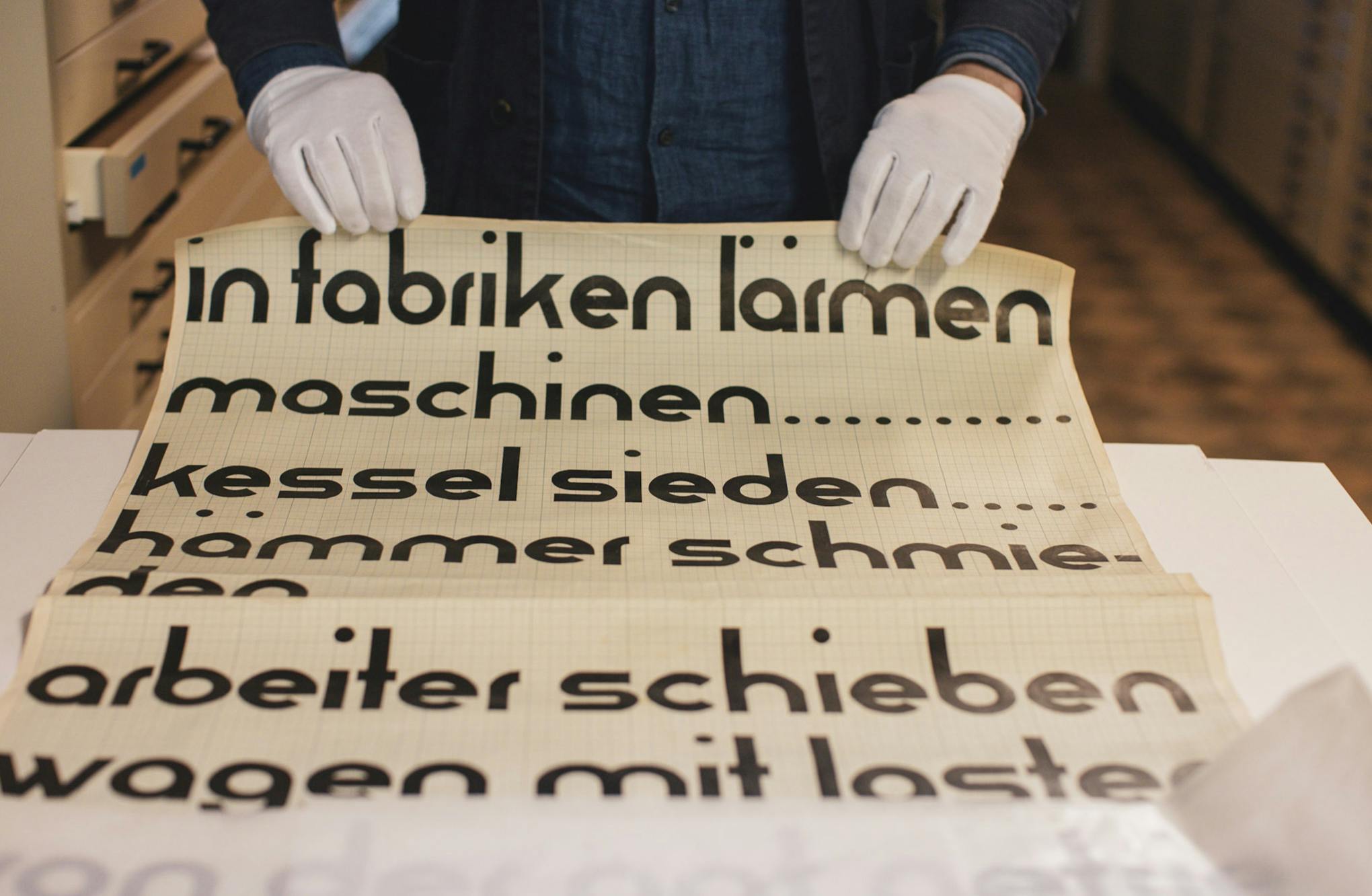

Virtually overnight (accounts vary from one to three days), Bayer created a full range of bank-notes.
#HISTORY OF BAUHAUS TYPEFACE SERIES#
"At just 23 years of age, Herbert Bayer was called upon to design a series of notgeld (emergency money) for Thuringia, a liberal stronghold and then capital of Germany. (Read about his career after the Bauhaus, in the United States, here.)īelow an excerpt from Aaron Carámbula, on Speak Up. (Read about his typography work at the Bauhaus here) After passing his final examination, Bayer was appointed by the Bauhaus director, Walter Gropius, to head the new "Druck und Reklame" (printing and advertising) workshop in Dessau. However he and a few other students began experimenting with typography on their own. His main interests were typography and advertising, but with no type shop at the Bauhaus, he studied mural painting under Kandinsky. At age 21 he enrolled in and studied at the Weimar Bauhaus for four years. He married Helene Nonne who later taught at the Design School in Ulm.Īustrian Herbert Bayer was trained in the Art Nouveau style but soon was converted by the Bauhaus-Manifest. In the years of 1929-1930, he taught life and figure drawing classes for upper division work."

He was also head of the Advertising, Typography, Printing, and associated Photography department from 1928 to 1932. Schmidt seems to have had the ability to do it all, according to Wikipedia "Joost Schmidt taught lettering at the school from 1925–1932 head of the sculpture workshop from 1928-1930. Probably Schmidt's best known piece was his poster advertising a Bauhaus exhibition (below). Typo was a term he created to describe the combination of text and image. He predicted: "It is not the person ignorant of writing but the one ignorant of photography who will be the illiterate of the future." As the discovery of one-point perspective gave creative impetus to the Renaissance, so Moholy-Nagy realized that technical advances in photography and film would transform social and cultural values as the 20th century progressed.

He foresaw photography as the artform of the future. Portrait of Moholy-Nagy by Lucia Maholy-Nagy At the same time, Moholy-Nagy was one of the first designers to realize the potential of photography in advertising and commercial art. They developed photoplastics, fluent, lyrical and curious photomontages, sometimes with drawn additions, which had enormous influence on 1960s graphics. His Czech-born wife, Lucia, had trained as a photographer and they worked together in developing the photogram, a photographic image made without a camera when objects on coated paper are exposed to light. "László Moholy-Nagy settled in Berlin in 1920 and married soon after. Graphic Design at the Bauhaus (Also see Typography at the Bauhaus)Įxcerpt/ The Fiery Stimulator/Fiona McCarthy 2


 0 kommentar(er)
0 kommentar(er)
